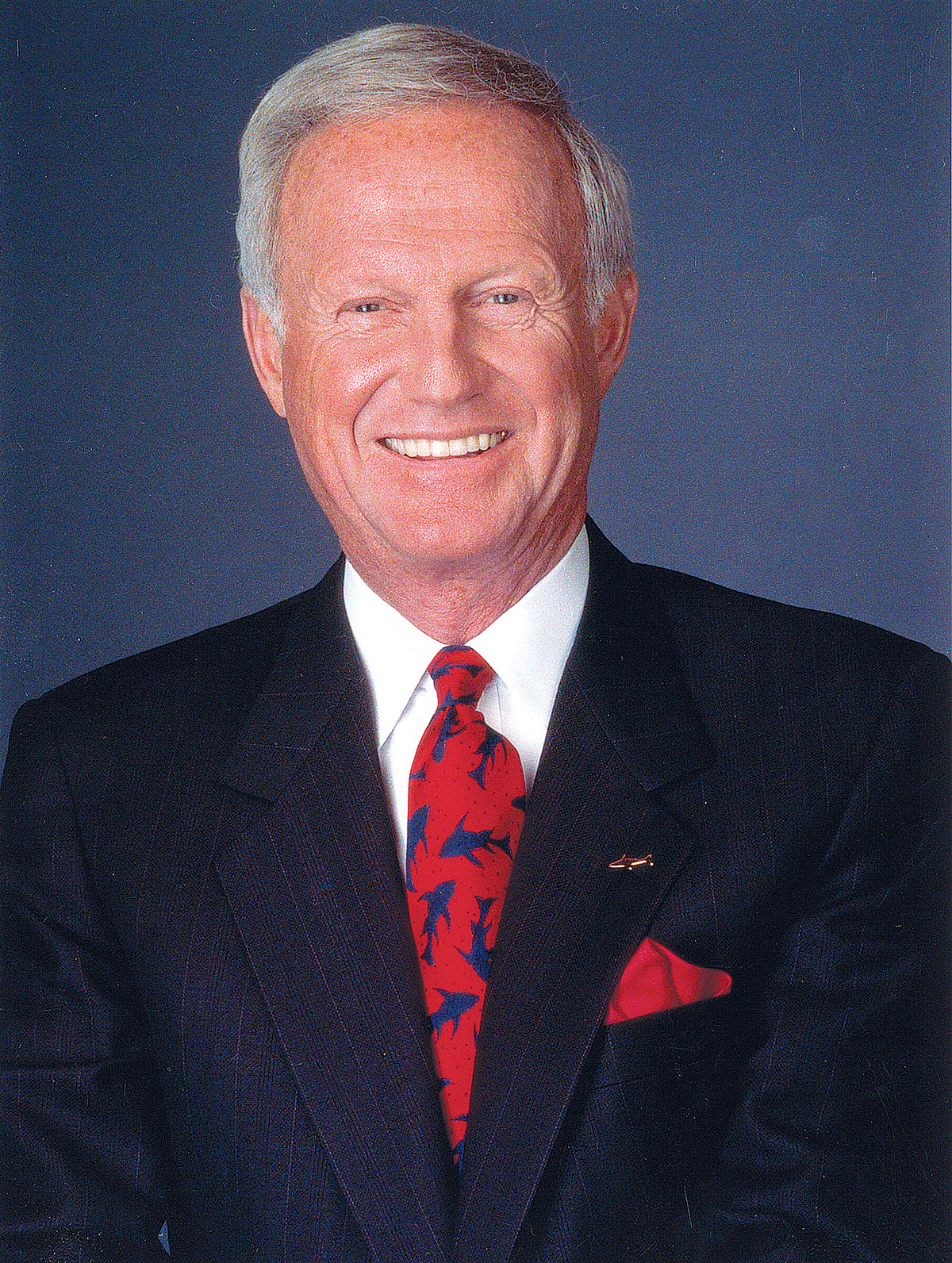There is a battle going on across America. It’s a battle to attract workers amid nationwide staff shortages.
The U.S. Chamber of Commerce has termed this a “national economic emergency.”
Everywhere you look there’s a “help wanted” sign prominently displayed. Companies are going to great lengths to entice people to join their teams.
Target Corp. announced plans to cover the cost of tuition, fees and textbooks for part- and full-time workers at more than 40 institutions. It is also covering advanced degrees, paying up to $10,000 each year for master’s programs at these schools.
Other major companies such as Walmart Inc., Chipotle Mexican Grill Inc. and Starbucks Corp. have also announced similar debt-free education programs.
The video monitors on the gas pumps at Sam’s Club used to just post special prices on merchandise. Now, they are loaded with pleas for applicants and plenty of incentives to coax them to join the company.
Organizations are offering additional benefits.
Companies need to employ creative tools like never before to attract employees. For example, our envelope manufacturing company hired a plane for four hours to fly over Mount Pleasant, Iowa, where we have a large manufacturing facility. The small plane carried a sign behind it that read “Sky’s the limit @MackayMitchell.com.” We’ve implemented many other strategies, such as hiring an outside marketing firm to manage a social media hiring campaign, implementing an employee referral bonus program, offering signing bonuses of $5,000 to $20,000 for key employees and putting a huge “We’re hiring” sign outside our Minneapolis plant.
We now pay our employees $3,000 if they find a worker who stays a minimum of 90 days. Additionally, we are trying a new referral program at our Iowa facility that will pay employees an additional hourly amount for finding workers.
Amazon.com Inc. is reportedly offering a $1,000 signing bonus, and Uber Technologies Inc. and Lyft Inc. have also offered large bonuses to get people driving again.
I learned from Andrew Eklund, founder and CEO of Ciceron, a digital agency in Minneapolis, that his business is expanding because “recruiting for open positions has been a nightmare. We have begun using the same tools and tech we use to highly target audiences for commerce and leads in marketing to attract candidates for open positions. Candidates are scarce, and those who are available have bargaining power.”
Many companies are partnering with professional recruiters because of their considerable connections. Others are contacting former employees who left on good terms.
Most, if not all industries, are seeing work shortages, so companies have had to also do a lot of things to attract workers, such as working shorter hours and fewer days; paid time off; improved benefits, including higher salaries, quarterly and yearly bonuses, offering free day care and 401(k) matching programs; options to work from home; free accommodations and hotel stays; free smartphones, bikes and food.
Increased training and apprenticeships help to get prospective workers in the door. But then the challenge is to retain those new hires with new skills. Once they become more marketable, it’s often on to the next opportunity. To combat the revolving door, organizations are offering additional benefits and bonuses after six or 12 months. The cost of training new employees exceeds the cost of extra pay.
Employers must understand that we are in a different landscape. The cost of doing business is going up, but the cost of doing no business is a downward spiral. Hiring the best people, or training them to be the best people, is an investment that every business must be prepared to make.
Mackay’s Moral: Getting a job is a job, but filling those jobs takes real work.
Harvey Mackay is the author of the New York Times bestseller “Swim With the Sharks Without Being Eaten Alive.” He can be reached through his website, www.harveymackay.com.










